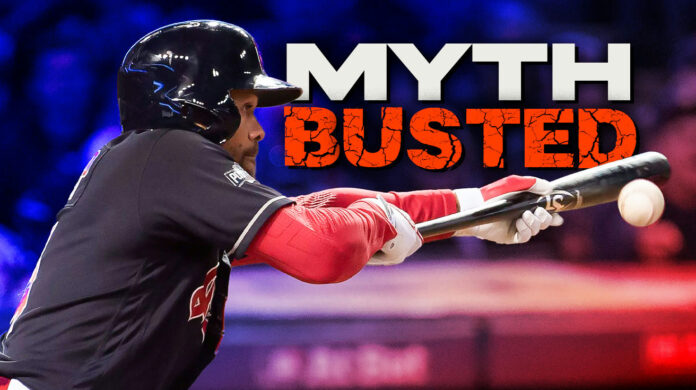
Baseball evolves like an old vinyl record, with its grooves telling different stories depending on where the needle drops. The bunt—once fundamental to the game—now seems like a relic gathering dust in the strategic attic. Modern analytics have pushed it toward extinction, yet in certain moments, this humble act of bat control still changes seasons and careers.
Numbers suggest bunting is mostly counterproductive. Yet spreadsheets fail to capture the artistry of a perfectly placed bunt breaking a defensive shift, or the sacrifice that advances the winning run in extra innings. The truth lies somewhere between analytics and instinct: bunting isn’t dead—it’s just waiting for its moment.
11. When Bunting Went Bust
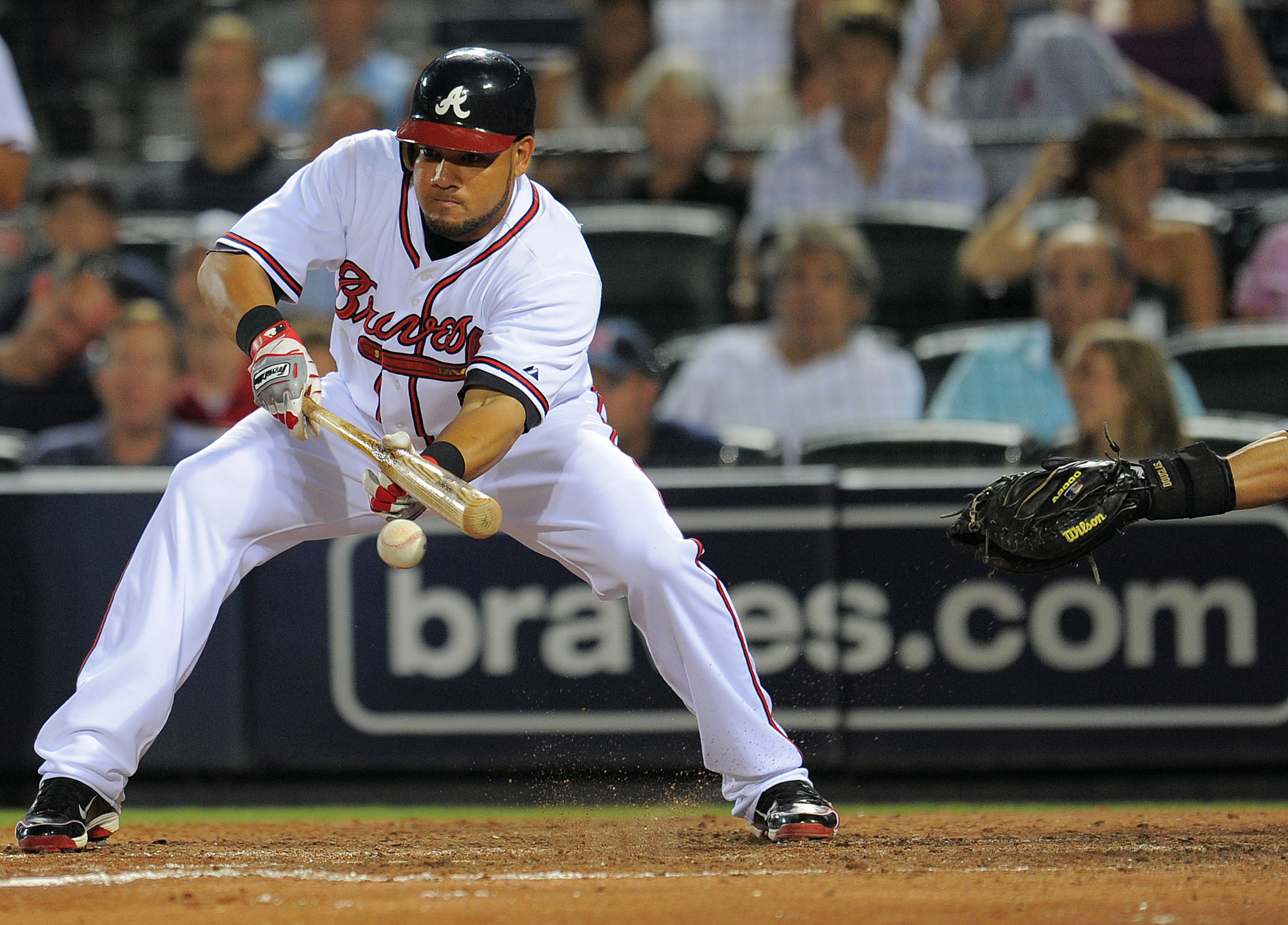
Little League coaches once preached bunting fundamentals like gospel. Back in 1864, when players fielded bare-handed, the first recorded bunt appeared in baseball lore. During the dead-ball era (1900-1918), small ball dominated as teams manufactured runs through disciplined bat control.
Everything changed when power entered the equation. Livelier balls, improved bats, and cozier dimensions transformed strategy. The universal DH rule in 2022 delivered what many consider the final blow, removing pitchers—baseball’s most frequent bunters—from batting orders. Last season featured fewer than 200 sacrifice bunts across MLB, down from over 1,700 in 2011. With just 0.09 successful sacrifices per game, bunting has become baseball’s appendix—a vestigial strategy rarely deployed.
10. The Math That Killed Small Ball
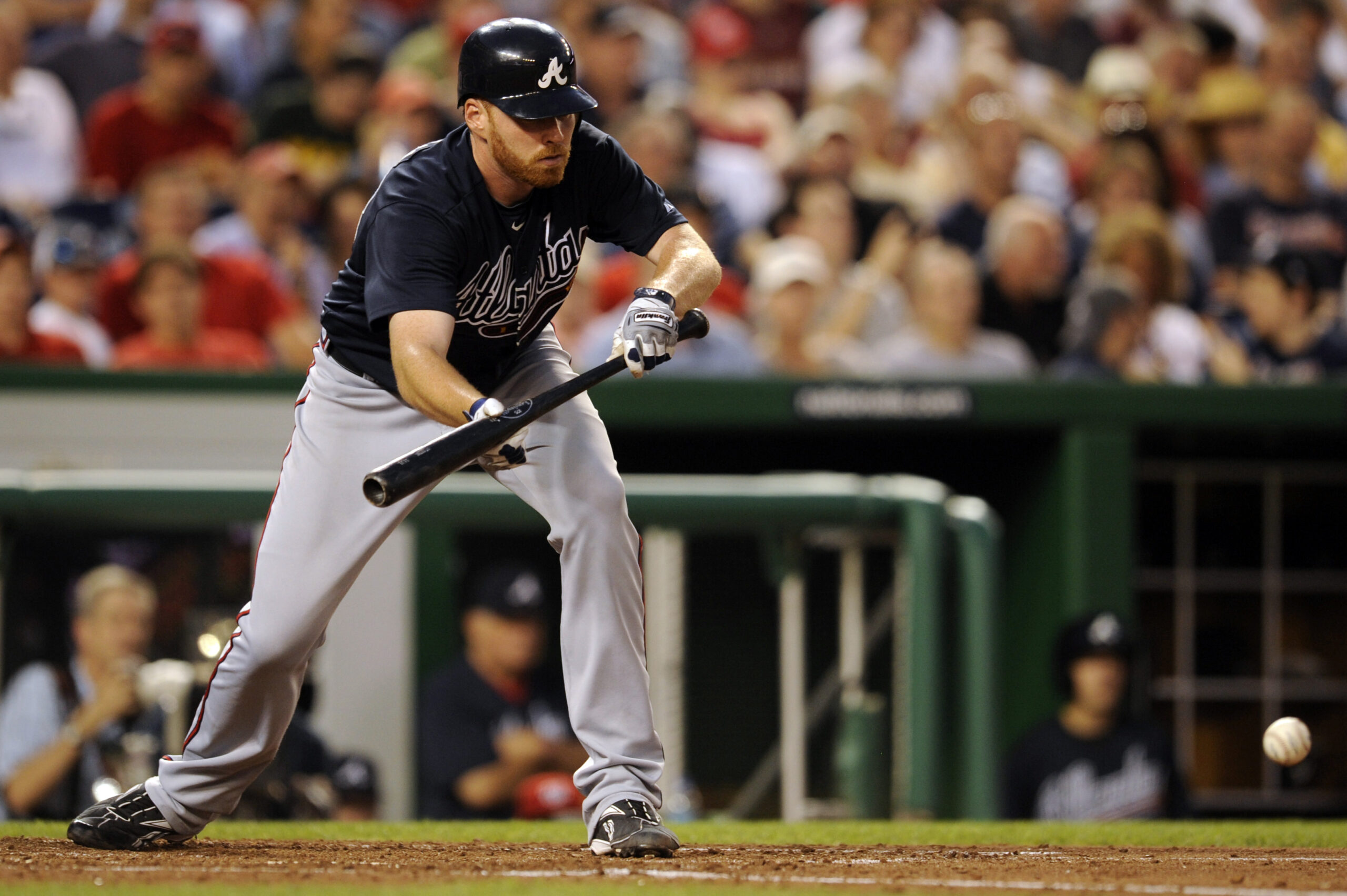
Front offices now resemble Wall Street trading floors, with run expectancy matrices replacing managerial intuition. These analytical tools calculate expected runs for every possible base-out situation, and the verdict isn’t kind to small ball tactics.
Consider the numbers: a runner on first with nobody out produces an expected 0.831 runs. After a “successful” sacrifice? That figure plummets to 0.644. Even with a runner already on second (1.068 expected runs), bunting decreases it to 0.865. These calculations assume flawless execution—wildly optimistic when most players rarely practice bunting. Teams have realized they’re trading baseball’s most precious resource—outs—for a mere illusion of control.
9. The Ninth Inning Exception
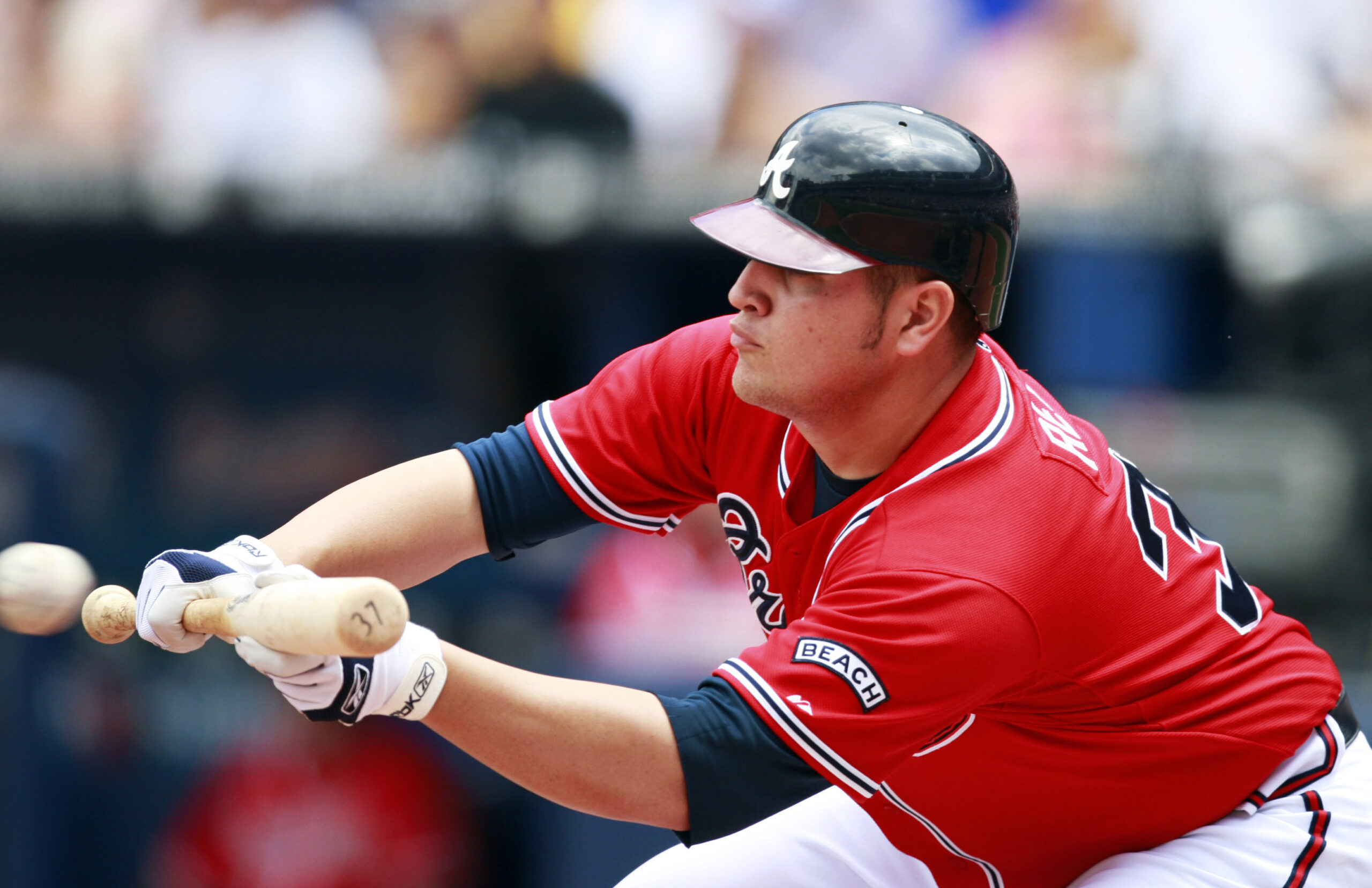
Rigid analytics occasionally bow to game situation. Take a tie game, bottom of the ninth, runner on second, nobody out. Here, run expectancy yields to win probability as the guiding metric—and suddenly, bunting shines. A successful sacrifice boosts win probability from 60.8% to 63.5%.
Why the reversal? In this scenario, teams no longer need to maximize total runs—just one will suffice. The calculus changes entirely. Sure, keep the bat on superstar shoulders like Aaron Judge or Shohei Ohtani. But for average hitters, that 2.7% boost might spell the difference between champagne showers and silent locker rooms. Baseball’s situational complexity often defies one-size-fits-all analytical prescriptions.
8. The Ghost Runner Revolution
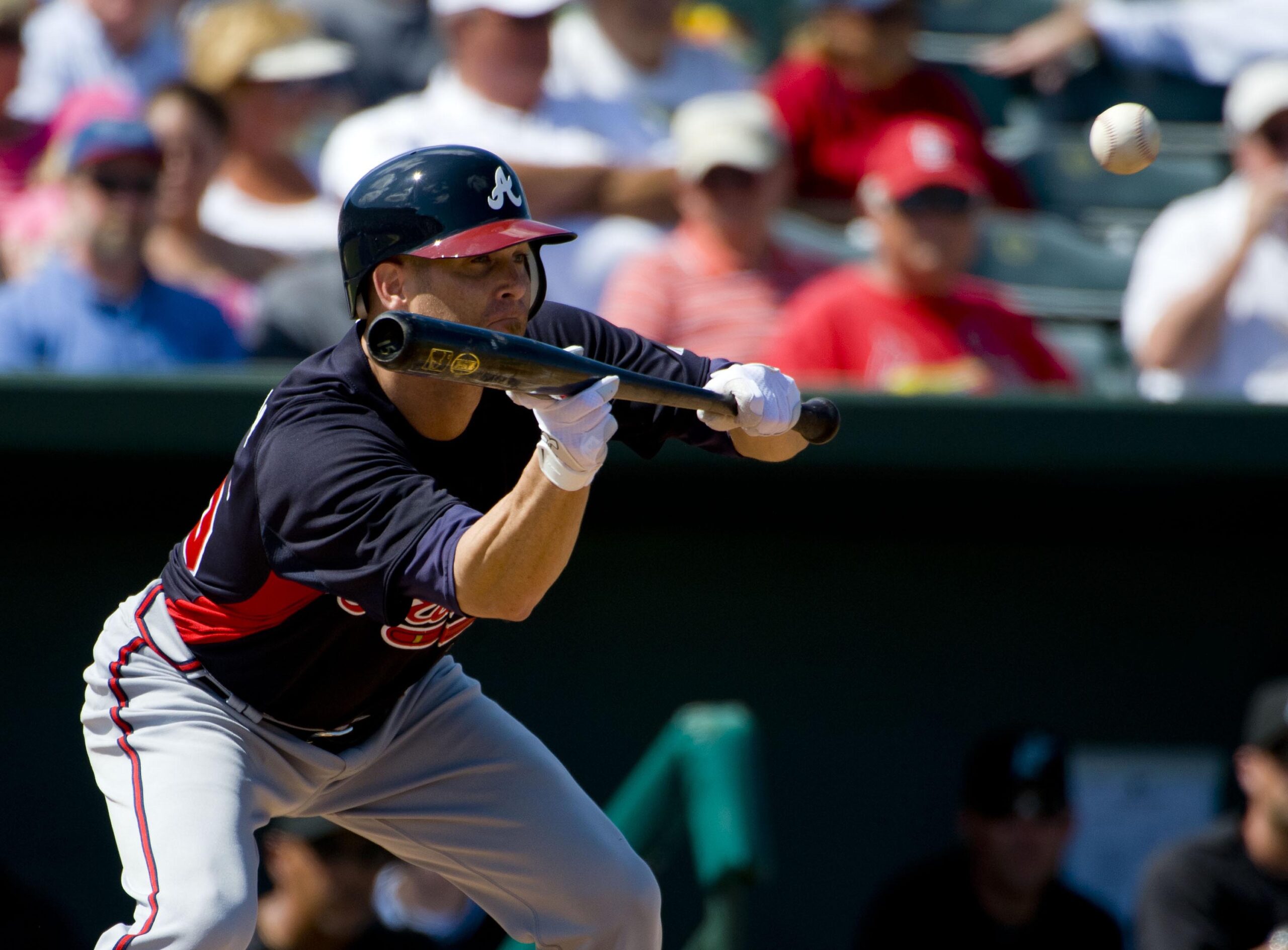
Rob Manfred’s extra-inning “ghost runner” rule—automatically placing a runner on second to start each extra frame—has transformed late-game strategy more dramatically than anything since the designated hitter. This controversial change breathed new life into bunting tactics.
Statistical evidence proves the point. From 2015-2019, games featuring the winning run on second with nobody out peaked in 2017 with just 43 occurrences. By 2021, that number exploded to 103 games. Extra innings now function as high-stakes small ball laboratories, forcing even the most analytics-driven organizations to develop bunting proficiency. The game’s tactical evolution never stops, regardless of front office philosophy.
7. Home Sweet Home Advantage
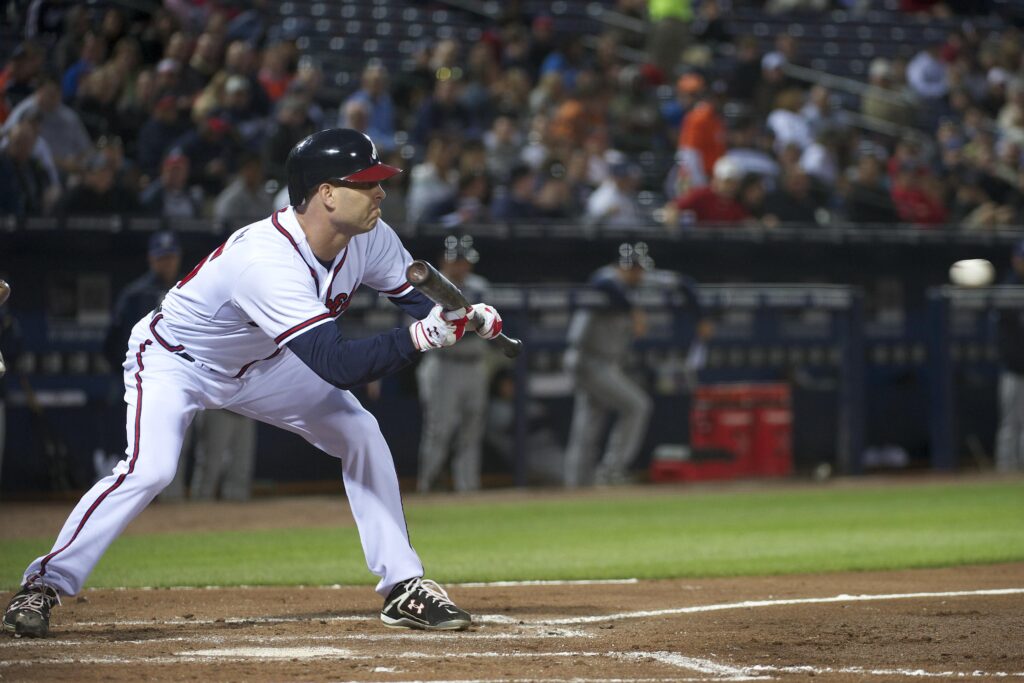
Home teams enjoy a unique strategic bunting edge in extra innings that visitors cannot replicate. When home clubs bunt with the Manfred Runner, their win expectancy ticks upward, while road teams typically decrease their chances by playing for a single run.
This asymmetry stems from information advantage. Home teams operate with perfect clarity: one run wins immediately. Road teams face uncertainty—score just once, and hosts need only match it to stay alive. Visitors must typically hunt bigger innings rather than settling for lone tallies. Just as poker players adjust strategy based on position, baseball teams must consider their home/away status when deciding whether to bunt.
6. What Actually Happens? Real Results Speak
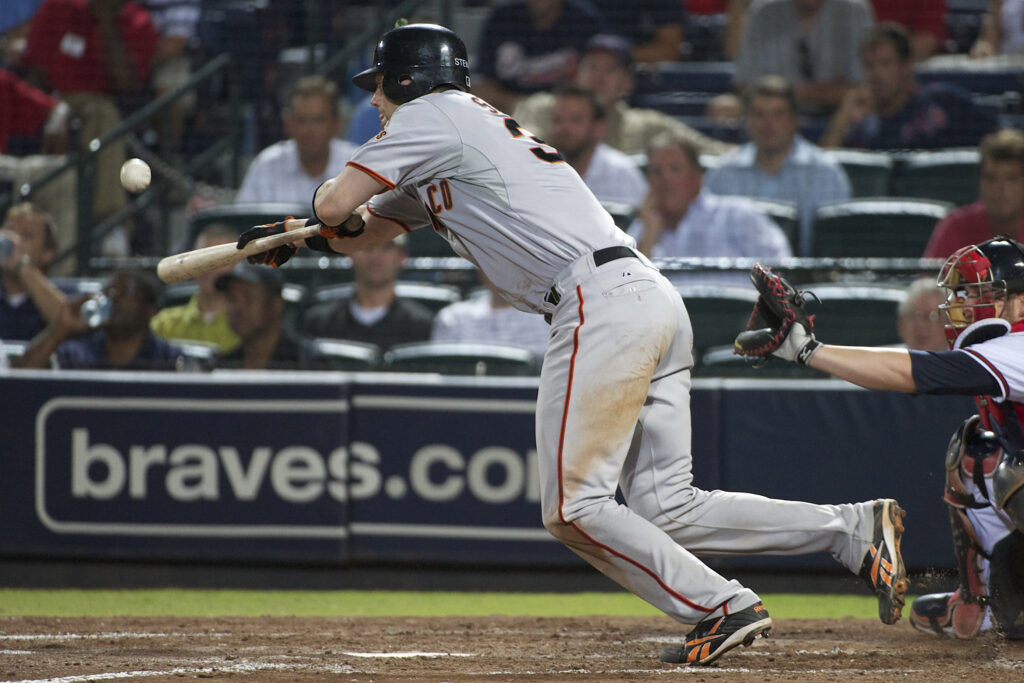
Since 2020, baseball has witnessed 421 games beginning with the winning run on second and nobody out—providing a perfect natural experiment on bunting effectiveness in today’s game.
The results prove strikingly inconclusive. Home teams abandoned bunting 266 times, winning approximately 80% of those games. When they opted to bunt (155 games), they won about 82% of the time. Such a narrow difference suggests managers might overthink these decisions. Whether teams bunt or swing away matters far less than execution quality, matchup advantages, and baseball’s inevitable randomness.
5. The Bunt Hit: Baseball’s Forgotten Weapon
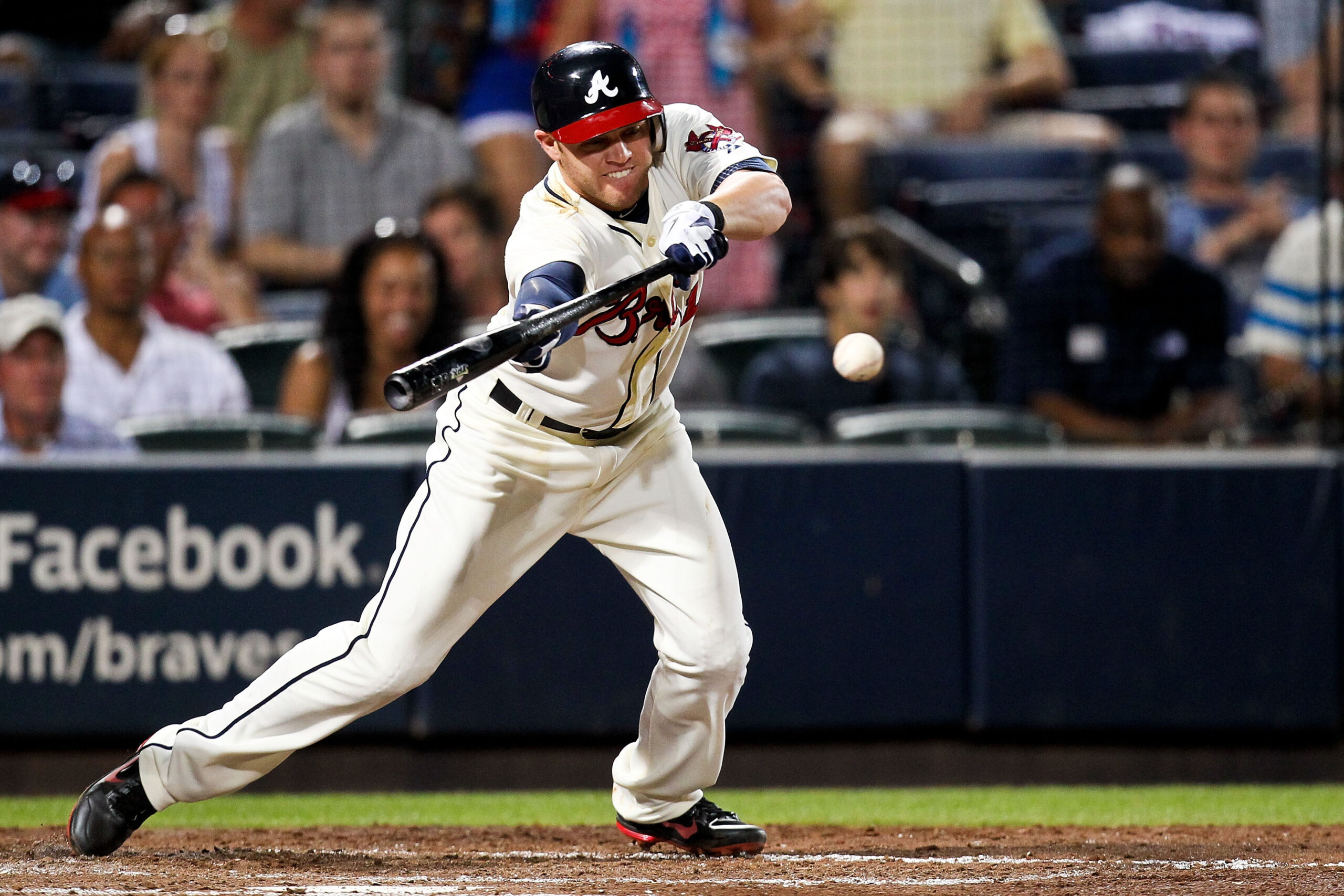
While sacrifice bunting faces well-deserved scrutiny, bunting for hits remains perhaps baseball’s most underutilized offensive weapon. Position players attempting bunt hits succeed nearly 30% of the time—equivalent to a .300 batting average, still considered excellent in modern baseball.
This success rate has actually climbed in recent seasons, largely because defensive shifts leave vast infield territories virtually abandoned. As bunting practice diminishes, a market inefficiency emerges—players mastering this skill gain advantages against unprepared defenses. Forward-thinking teams now identify specific hitter profiles who could weaponize bunting, particularly speedy players who face frequent shifts.
4. TJ Friedl: The Artisan in a Mass-Production Era
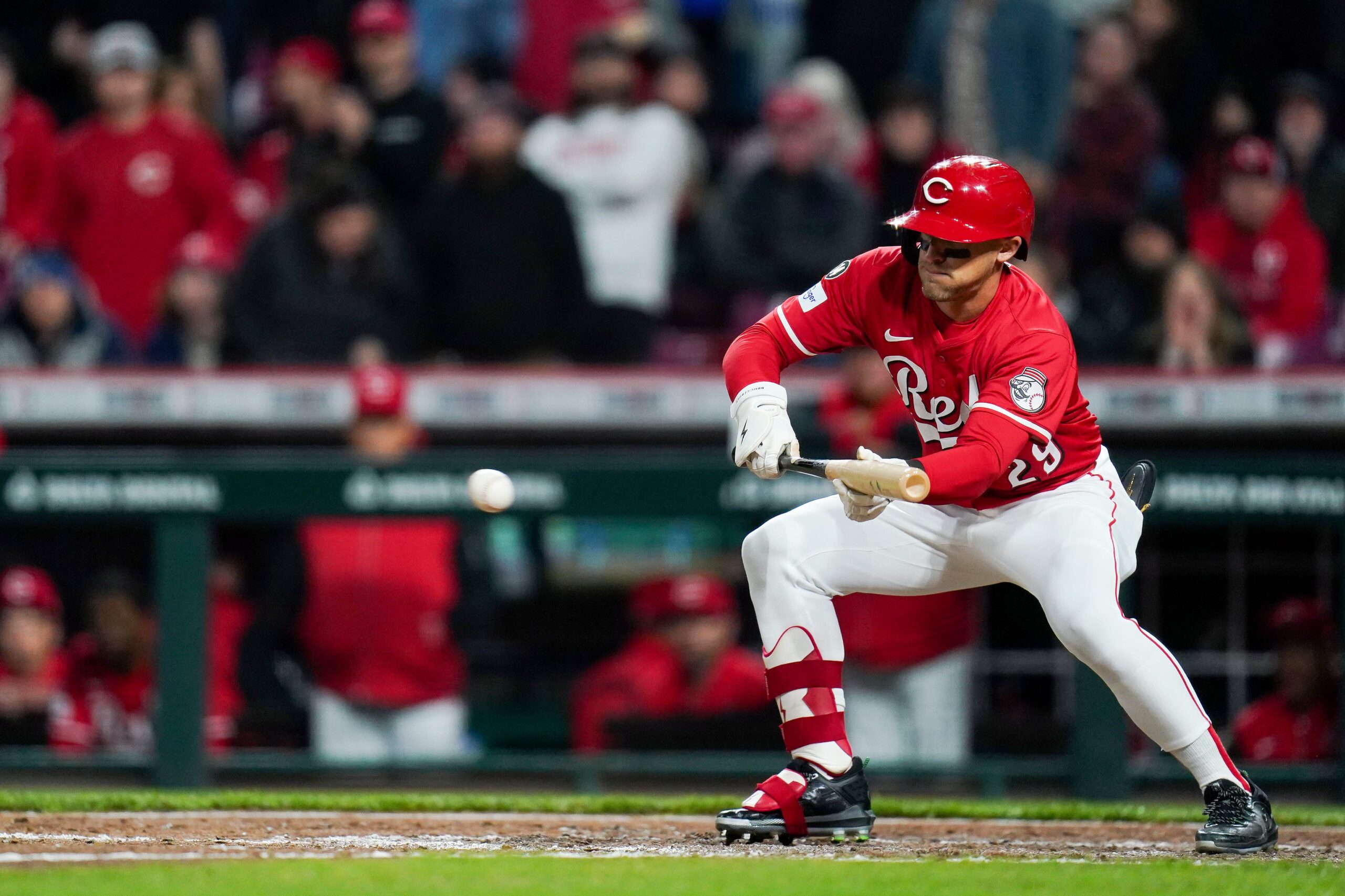
Cincinnati’s TJ Friedl stands as baseball’s premier bunting specialist in an era obsessed with launch angles and exit velocities. His 21 career bunt hits and nearly .500 success rate—more than doubling the league average—have transformed a neglected skill into offensive alchemy.
His breakout 2023 campaign featured 17 bunt hits before a fractured wrist in spring 2024 sidelined him for half the season. While competitors abandoned bunting practice to focus on power, Friedl zigged where others zagged. His precision technique offers a blueprint for similar players seeking valuable MLB roles. Sometimes baseball’s most effective innovation involves rediscovering forgotten fundamentals.
3. Friedl’s Blueprint: Bunting as Chess

Friedl approaches bunting not merely as a skill but as strategic warfare. Against left-handed pitchers (who yielded 13 of his 21 bunt hits), he predominantly pulls toward first base. Facing righties, he reverses tactics, pushing six of eight bunts toward third, exploiting each pitcher’s natural momentum.
Timing variations keep defenses perpetually off-balance. Sometimes he telegraphs bunt intentions early; other times he disguises them until the last moment. He’s even successfully executed bunts with two strikes. This adaptability makes Friedl unpredictable despite his reputation. While others develop limited bunting technique, his multi-dimensional approach elevates a simple skill into tactical artistry.
2. The Friedl Effect: Measuring Bunting’s Value
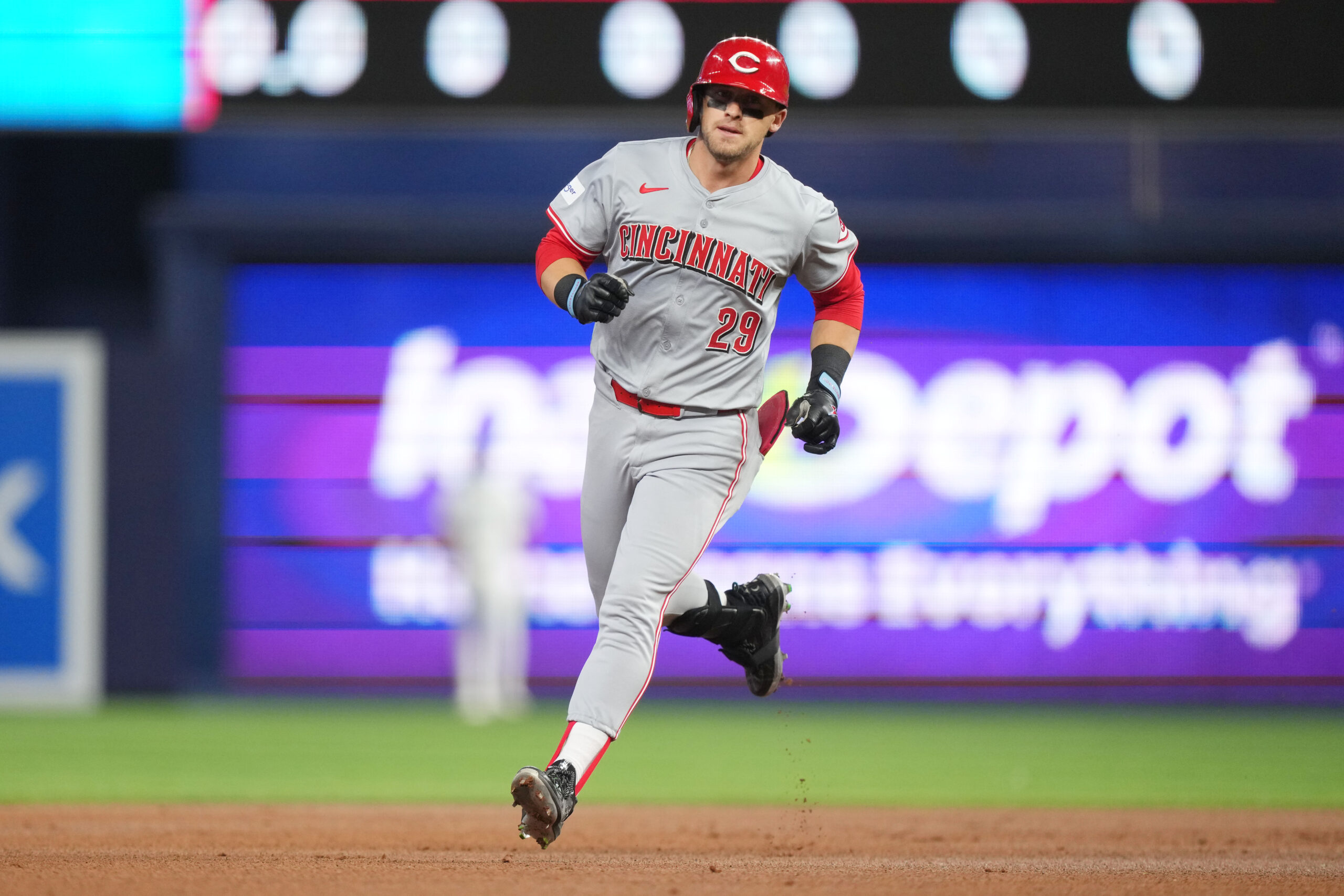
Modern analytics now quantify skills previously dismissed as unmeasurable. Friedl’s batting average with bunting reaches .279, dropping to .261 without these contributions. His on-base percentage similarly improves from .338 to .352 when incorporating bunting—incremental gains that create tangible value.
Beyond bunting, Friedl contributes 6.1 base-running runs—ranking 8th league-wide. These complementary skills magnify each other’s impact. In an era dominated by one-dimensional power hitters, Friedl’s diversified offensive approach demonstrates how certain player profiles can maximize value through skills the modern game often undervalues.
1. The Bunt’s Future: Strategic, Not Automatic
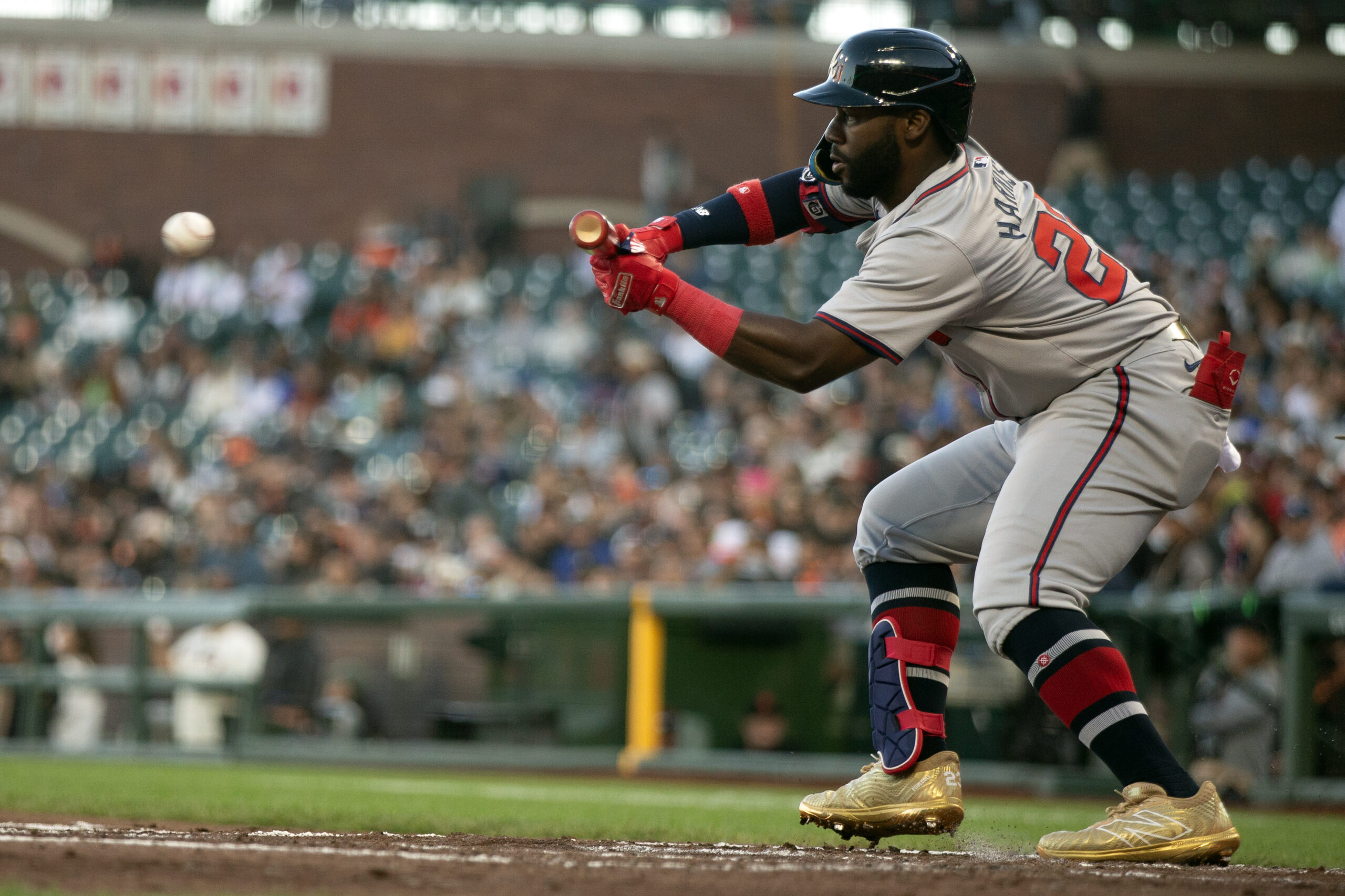
Modern baseball correctly prioritizes power and slugging in most situations. The analytics revolution hasn’t misled teams about bunting’s general inefficiency. Yet the pendulum has swung too far when organizations completely abandon this fundamental skill. Truly data-driven decisions must incorporate context alongside general principles.
Bunting won’t return to sacrifice-heavy dead-ball era prominence. Instead, its future lies in strategic deployment during high-leverage moments and developing specialists who exploit defensive alignments. Teams should identify players who could add bunting to their toolkit. The bunt may never regain its former ubiquity, but its selective application offers meaningful competitive advantages for clubs willing to master this increasingly rare art.





